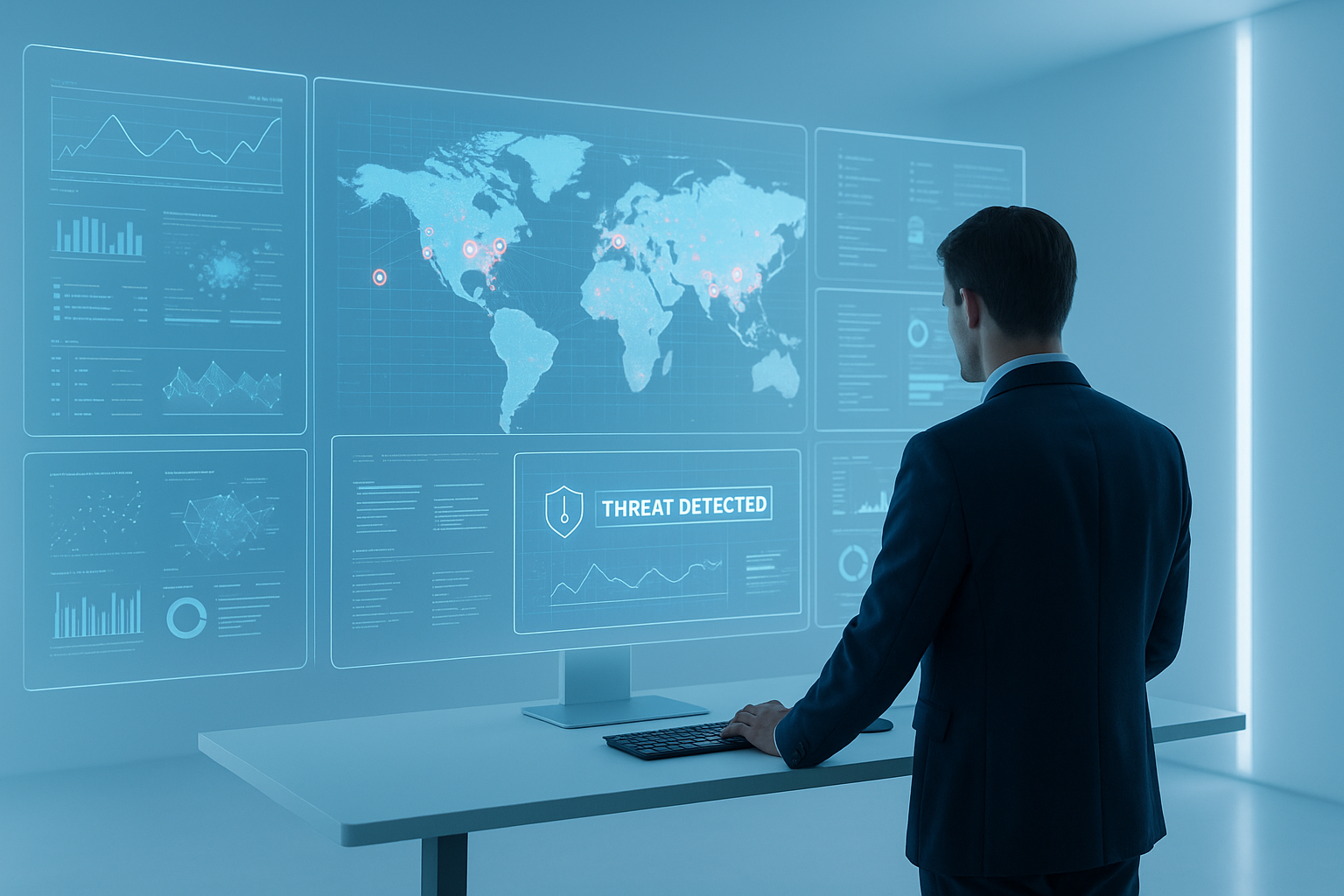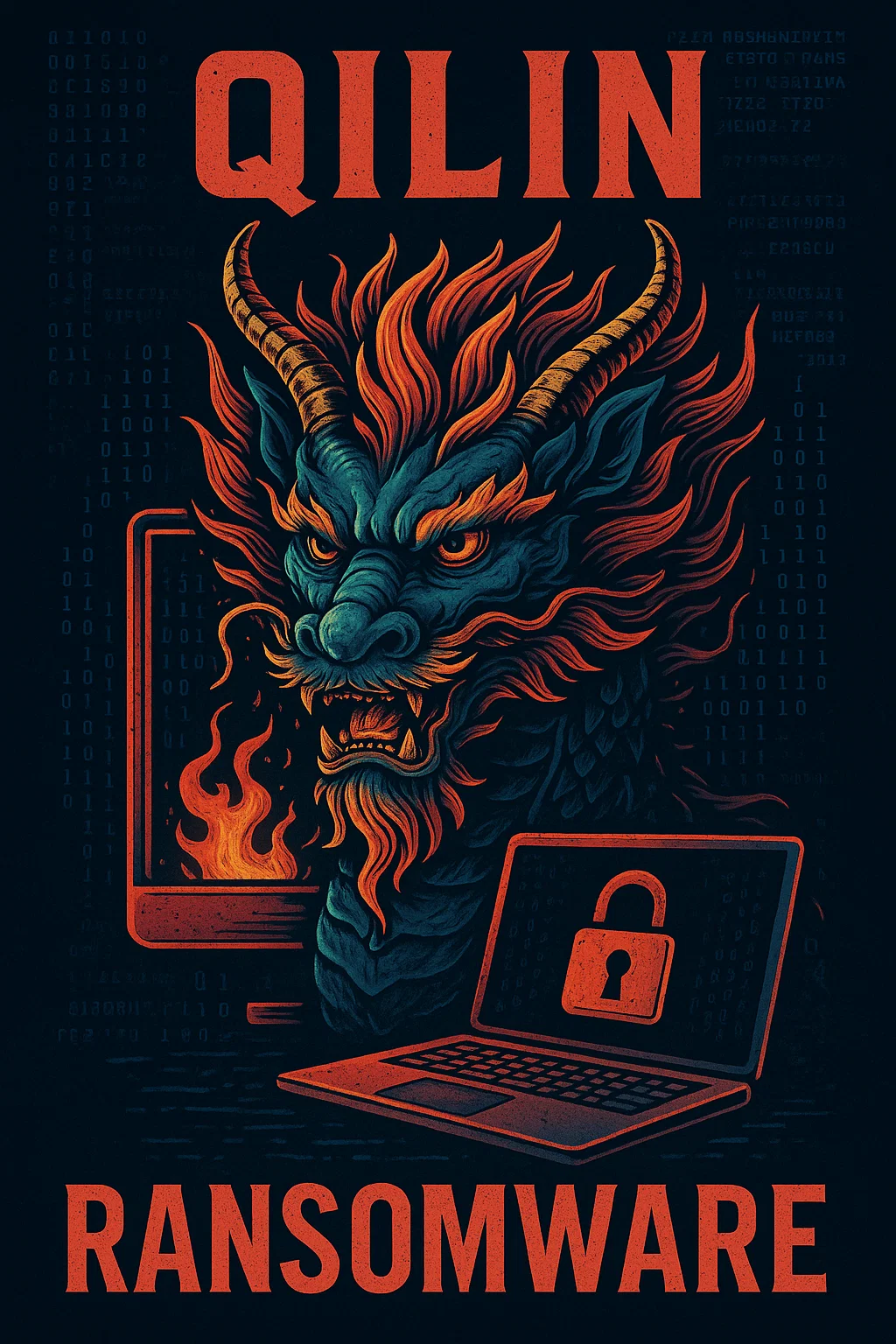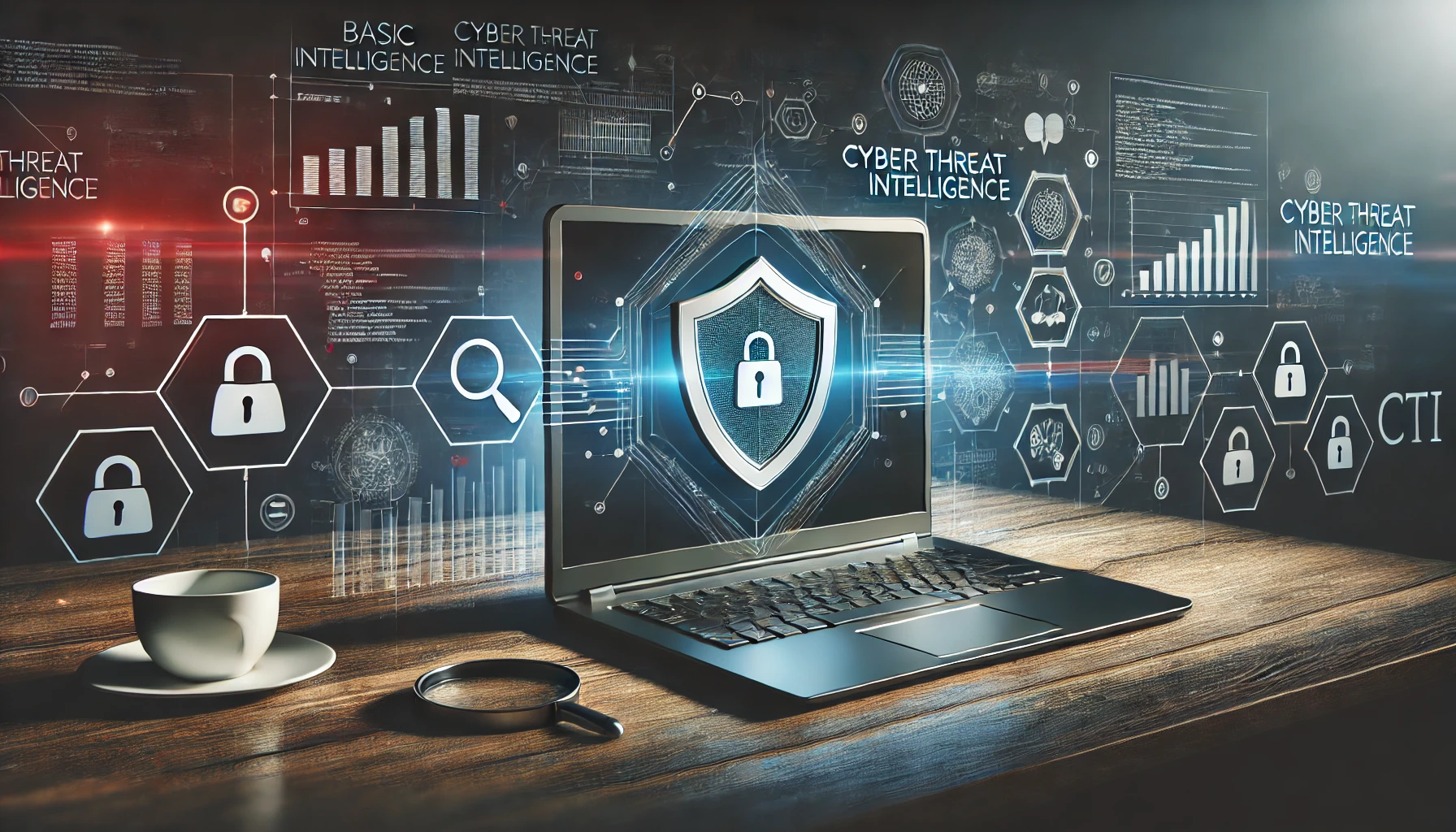7 min to read
AI in the SOC: How Artificial Intelligence Became My Strongest Teammate
From Alert Fatigue to Precision Threat Hunting

Introduction: AI in the SOC is Here to Stay
AI in the SOC isn’t here to take my job — it’s here to have my back.
In a Security Operations Center, every second counts. I bring the instincts, it brings the speed. Together, we catch threats before they have a chance to breathe.
Most shifts used to start the same way — a wall of alerts, dashboards blinking like a city at night, and the constant hum of incoming data. Before AI in the SOC, I’d sift through it all manually, hunting for the few signals that actually mattered. Now, AI acts like my early warning system — filtering noise, enriching threat intel, and pointing me straight to the incidents that need human judgment.
Industry data backs this up. The Wall Street Journal highlights how agentic AI is handling Tier-1 and Tier-2 SOC tasks, freeing analysts for complex investigations (wsj.com). Similarly, The Hacker News reports that AI-enabled workflows are reducing burnout and accelerating detection-to-response cycles (thehackernews.com).
Before AI in the SOC: Life in Alert Overload
Before AI joined the team, my typical shift as a SOC analyst felt like stepping onto a treadmill set to sprint — and someone kept throwing marbles on the belt.
The day would start with a flood of alerts lighting up every dashboard in sight. Thousands of blinking indicators, and maybe — maybe — a dozen would turn out to be the real deal.
Every suspicious IP, domain, or file hash meant a manual lookup marathon: hopping between VirusTotal, AbuseIPDB, and threat intel feeds like I was playing cybersecurity whack-a-mole.
Then came the false positives — the ones that looked scary until you realized they were just misconfigured systems, harmless port scans, or yesterday’s alert wearing a new timestamp.
And even when something was worth investigating, the context was scattered like puzzle pieces across different logs, SIEM queries, and ticket notes. I’d spend precious minutes (or hours) piecing them together just to decide if we were looking at a threat or a Tuesday.
It worked — eventually — but it left little time for proactive threat hunting or improving our detection playbook. Mostly, it was a daily endurance test with coffee as my primary survival tool.
After AI in the SOC: The Augmented Analyst
Then AI showed up — not as some sci-fi robot takeover, but as the teammate I didn’t know I needed.
Threat intel lookups? Automated.
With a bit of Python magic, AI helps me build templates and even tackle complex functions without starting from scratch. What used to take minutes per IP, domain, or hash now happens in seconds — enrichment from VirusTotal, AbuseIPDB, WHOIS, and geolocation feeds appears right inside my dashboard.
AI also has a knack for spotting weird patterns — the kind I might miss in a sea of logs. For example, failed logins from two countries within an hour? AI can help me craft the right Kibana query to hunt for that. Uncommon PowerShell commands? It doesn’t just flag them — it breaks down what the script is doing, and if it spots an encoded payload, it decodes it automatically.
By the time I open an incident, the context is already pre-assembled. Logs are correlated, related events are grouped, and I can jump straight into deciding whether to escalate, contain, or close.
It’s not that the grind is gone — it’s that the grind is now focused on the real threats. AI handles the noise, I handle the judgment calls. Together, we’ve turned the treadmill sprint into a smooth, steady run — and I still get to keep my coffee.
Why AI in the SOC Works for Threat Detection
In the SOC, every day is a balancing act between time and accuracy.
AI gives me back time by taking over the repetitive, high-volume work — filtering false positives, enriching threat intel, and correlating logs faster than I could manually. That extra time lets me focus on the human side of the job: applying judgment, understanding business context, and catching the subtleties that automation might miss.
The result is a genuine partnership:
- AI handles the speed, so nothing critical slips through the cracks.
- I bring the accuracy, adding context and decision-making that machines can’t replicate.
Together, we’ve cut down MTTI (Mean Time to Investigate) and MTTR (Mean Time to Respond) — directly lowering risk and giving our team the breathing room to work proactively instead of constantly firefighting.
AI in the SOC: Challenges & Limitations
Even with all the wins, AI in the SOC isn’t magic — and it definitely isn’t a “set it and forget it” tool. Over time, I’ve learned to watch for a few things.
First, there’s hallucinations and overconfidence. Large Language Models can sound certain even when they’re flat-out wrong. Guardrails and human review are non-negotiable here — exactly what NIST’s AI Risk Management Framework recommends (nist.gov).
Then there’s model drift. Just like a detection rule that gets stale, AI models can lose accuracy as your environment changes. Without regular retraining and performance checks, they start missing the mark — something NIST calls out as a critical maintenance step (nvlpubs.nist.gov).
And let’s not forget adversarial AI risks. Prompt injection is the big one — where someone crafts an input designed to make the model do something unintended. OWASP even lists it as their top LLM vulnerability (genai.owasp.org). In a SOC setting, that means treating AI output like any other untrusted input until you’ve verified it.
Another trap is context gaps. AI can tell me “this IP is bad” or “this login looks odd,” but it doesn’t know the business impact of that alert unless I feed it the context. Things like asset value, regulatory risk, or whether the user is the CFO — that’s still on me.
Integration over isolation is also key. I’ve seen teams bolt AI onto the side of their SOC like a gadget, expecting magic. The real value comes when AI is part of the workflow — feeding into SIEM, SOAR, and IR playbooks — so it shortens response times instead of adding another manual hop (dropzone.ai).
Finally, there’s governance and expectations. Governance means knowing who’s accountable when AI gets it wrong, having audit logs, and setting clear usage rules (nist.gov). Expectations? That’s about positioning AI as a force multiplier, not a human replacement — something even the Wall Street Journal has stressed (wsj.com).
One more non-negotiable — no company data goes into public AI tools. If I’m using AI to help with a detection query, a script, or a workflow idea, I keep the examples generic and only share the structure of the problem. That way, the model can still help me figure out the logic without ever seeing real internal data, customer info, or sensitive logs.
How I Keep AI in Check
- Keep human approval on all containment actions — AI drafts, I decide.
- Log and audit every AI recommendation to catch drift early.
- Run adversarial tests like prompt injection and data poisoning simulations.
- Track MTTI/MTTR every month to prove (or disprove) AI’s value.
7 Key Takeaways for Using AI in the SOC
If there’s one thing I’ve learned, it’s that AI in cybersecurity operations works best when it’s part of a human-driven strategy. Here’s my distilled playbook:
- Start with pain points — target repetitive, high-volume tasks like alert triage.
- Integrate, don’t isolate — connect AI outputs to SIEM, SOAR, and ticketing.
- Measure impact — track MTTI, MTTR, and false positives before/after.
- Keep humans in the loop — analysts make final containment calls.
- Test against adversaries — simulate prompt injection or data poisoning attacks.
- Document & audit — maintain logs for accountability.
- Educate the team — train analysts on AI’s strengths and blind spots.
Final Thoughts: AI-Powered SOC, Human-Led Decisions
AI in the SOC hasn’t replaced me as a SOC analyst — it’s made me better at my job. It handles the noise so I can focus on what matters most: spotting and stopping real threats before they escalate.
From The Wall Street Journal on AI-driven alert triage (wsj.com) to The Hacker News on faster detection-to-response cycles (thehackernews.com), the industry trend is clear: AI in the SOC is here to stay — and it works best when humans remain in command.



Comments